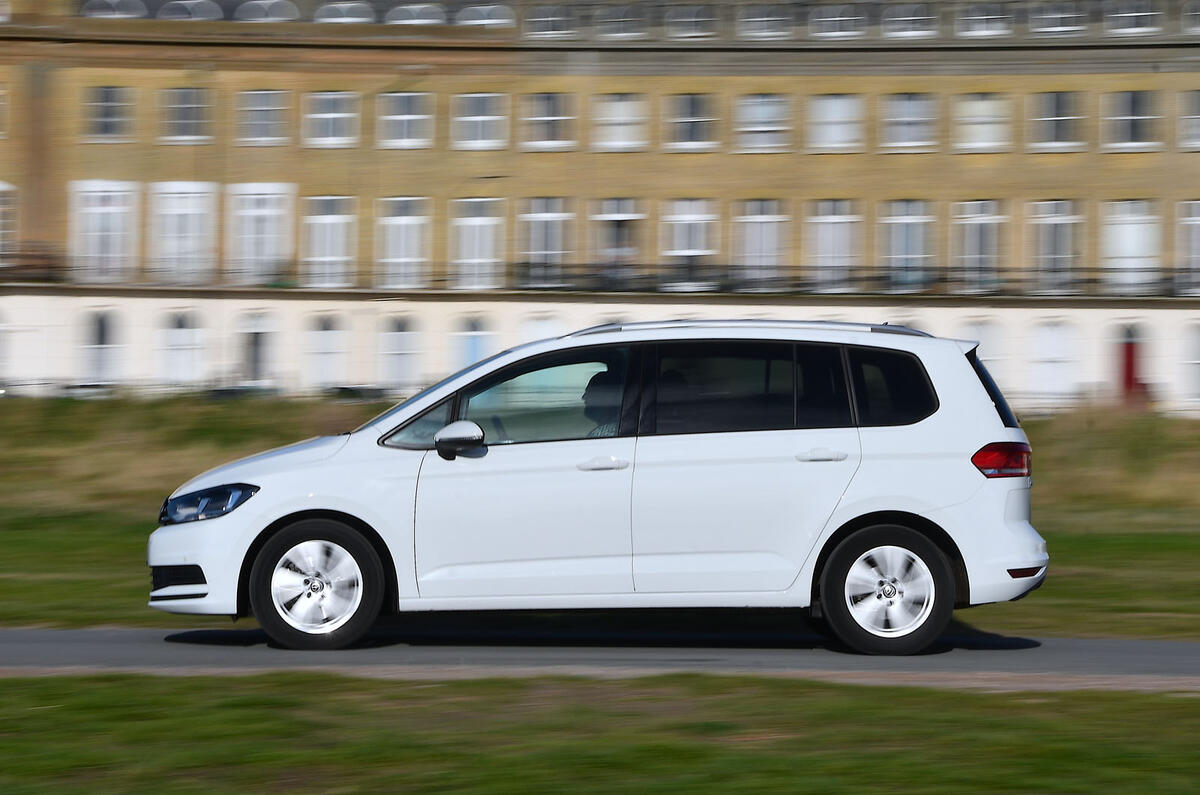The monthly payment figure for new cars has increased by up to six times the national inflation figure, depending on brand and model, analysis by the What Car? Target Price team has shown.
The monthly price increase for personal contract purchase (PCP) finance – overwhelmingly the most popular way for UK consumers to buy a car – shot up 12.4% on average between September 2021 and September 2022.




Add your comment